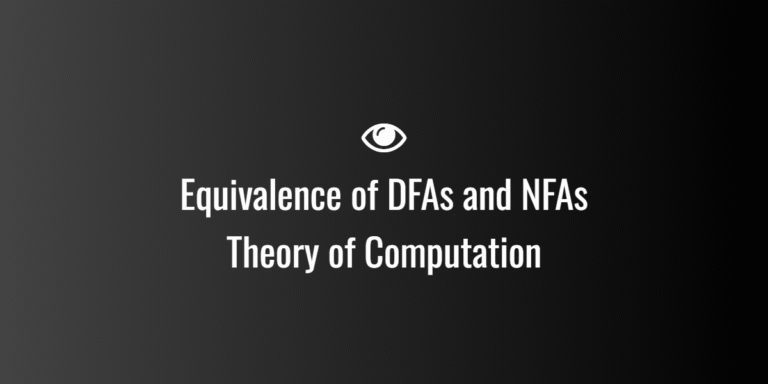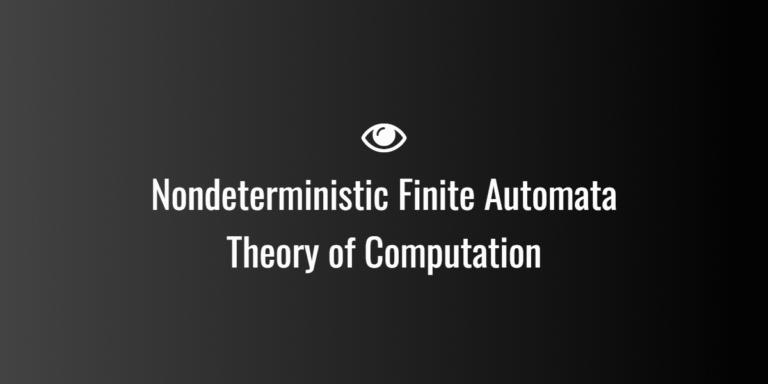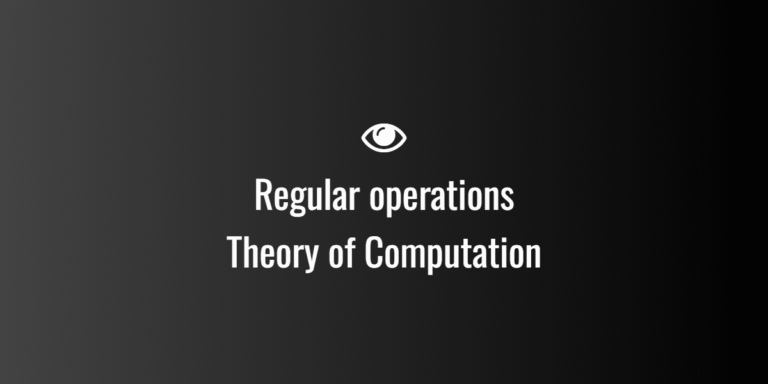1. What is Network Cryptography?
Network Cryptography is the practice of securing communication over computer networks by using encryption and decryption techniques. It ensures confidentiality, integrity, authentication, and non-repudiation of data during transmission.
Key Goals of Network Cryptography:
✔ Confidentiality – Ensures that only authorized parties can read the transmitted data.
✔ Integrity – Prevents unauthorized modifications to data.
✔ Authentication – Verifies the identity of the sender and receiver.
✔ Non-Repudiation – Ensures that a sender cannot deny sending a message.
2. Types of Cryptography
Cryptography can be classified based on key usage, function, and structure.
A) Based on Key Usage
| Type | Description | Example Algorithms |
|---|---|---|
| Symmetric Cryptography | Uses a single key for encryption and decryption. | AES, DES, 3DES |
| Asymmetric Cryptography | Uses a public key for encryption and a private key for decryption. | RSA, ECC, Diffie-Hellman |
| Hybrid Cryptography | Combines symmetric and asymmetric encryption for efficiency and security. | SSL/TLS, PGP |
B) Based on Functionality
| Type | Description | Example |
|---|---|---|
| Encryption Algorithms | Converts plaintext into ciphertext to ensure confidentiality. | AES, RSA, Blowfish |
| Hashing Algorithms | Creates a unique fingerprint of data to ensure integrity. | SHA-256, MD5, HMAC |
| Digital Signatures | Verifies authenticity and non-repudiation of messages. | DSA, RSA |
| Key Exchange Protocols | Securely exchanges encryption keys over an insecure network. | Diffie-Hellman, ECDH |
3. Comparison of Cryptographic Techniques
| Criteria | Symmetric Cryptography | Asymmetric Cryptography | Hashing |
|---|---|---|---|
| Key Usage | Single shared key | Public & private key pair | No key required |
| Speed | Fast | Slower due to complex computation | Very fast |
| Security | Less secure (key must be shared) | More secure (no key sharing) | Used for integrity, not encryption |
| Common Usage | Bulk data encryption, VPNs | Digital signatures, SSL/TLS | Password storage, data integrity verification |
| Example Algorithms | AES, DES | RSA, ECC | SHA-256, MD5 |
4. Conclusion
Network cryptography plays a crucial role in securing communication over the internet. Symmetric cryptography is efficient for bulk data encryption, while asymmetric cryptography ensures secure authentication. Hashing ensures data integrity and digital signatures provide non-repudiation.




